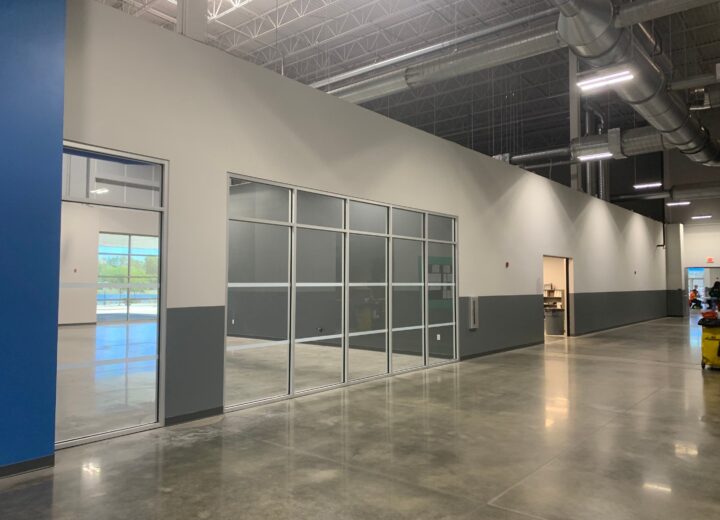
Selecting the right paint for your home can be quite a headache. When you first go to pick out paint, you will find that there are hundreds of colors now available, not to mention all the different finishes to choose from. Beyond that, there are different paint qualities that will affect how many coats of paint you need and what kind of coverage and lifespan you can expect from the finished product. So how do you choose the right paint for your home? We’re here to help.
Choosing Colors
The first thing you need to do is decide on the colors you want. The colors you choose will ultimately affect what types of paint are available. This is because some cheaper paints cannot be color matched to dark colors. Start by getting a general idea of what you want your main color to be. If you are painting inside, this color should match your couch or some other featured piece of furniture. If you are painting outside, you have more options but you should consider the style of your home, your yard, and the overall look of your neighborhood to determine which color schemes will fit best.
Choose a Finish
As with colors, you may notice that finishes come and go with whatever’s trending. In the past, full gloss and egg-shell finishes were extremely popular, but today matte and satin finishes seem to be gaining steam. The truth is that the finish you choose should depend on where you are painting. Some finishes are more resistant to staining and easier to clean, which is important for bathrooms and kitchens. Other finishes are better for durability. Working outdoors will also require a paint that can handle changing temperatures and direct sunlight. Your paint expert should be able to break down what each of these finishes can do, and how to use them properly.
Paint Quality
Things get a little trickier when it comes to paint quality. For painting your kid’s bedroom, a cheap can of paint may do. However, if you are painting over a bold color or applying paint for the first time to fresh drywall, there are some extra considerations you need to make. Primer is an important part of getting a pristine paint finish. Some companies now offer paint and primer in one, which allows you to apply a single coat to get the job done. However, these products are typically more costly. On the other hand, if you want to get the best possible finish, it is usually best to do a full coat of regular primer first, and then apply your new paint color. This multi-layered system takes longer to do, but significantly increases the durability of the finished paint job. Skipping primer definitely won’t pay off in the long run. In many cases, you can bring home a sample of the paints you like so you can test them side by side on a board or wall. This will show you how they look once they are dried and subject to the lighting of your home.
If you are painting outdoors on decks, handrails, or other high traffic areas, you may also want to consider a clear protective finish to go over your paint. This clear product is thin and easily applied, but could add years of life to your paint, preventing it from chipping, cracking and wearing down.
If you are unsure of where to begin choosing paint, make sure to consult with a national paint expert at Performance Painting. We can help you understand all of the various primers, paint bases, and finishes at your disposal so you are sure to get the best combination available.






